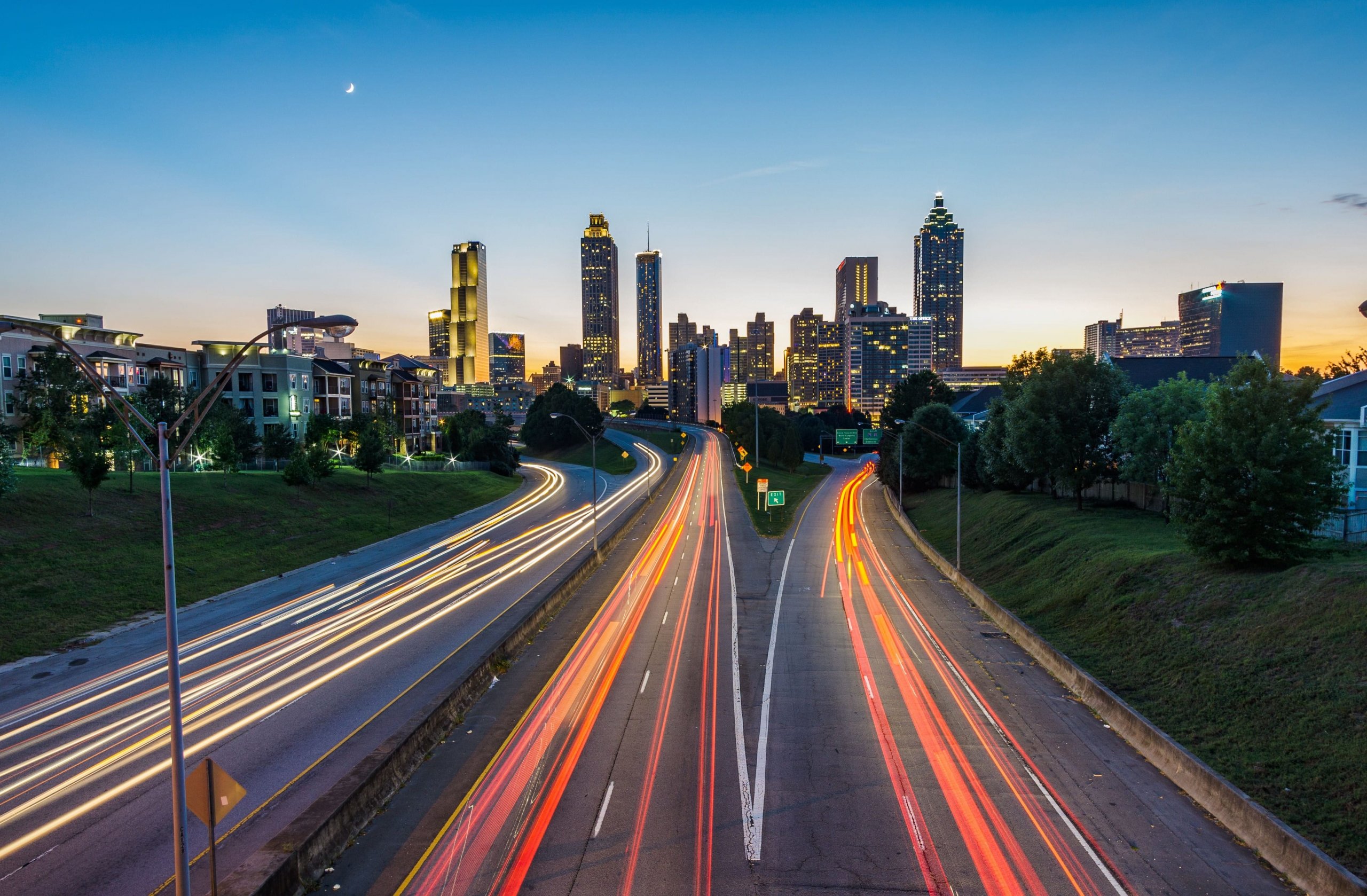
New research maps the intersections of energy and transport poverty across varying geographies and socioeconomic backdrops. With these findings, policymakers can focus on multi-pronged, context-specific solutions.
The word ‘poverty’ summons images of scarcity — usually hunger or homelessness — but two significant dimensions are often overlooked: energy and transport. New research from Khalifa University’s Dr. Steve Griffiths, SVP Research and Development and Professor of Practice, dives into these realms to reveal not just the extent of their impact but also the intricate ways they interconnect.
Dr. Griffiths collaborated with Jonathan Furszyfer Del Rio, Stanford University, Dylan Furszyfer Del Rio and Benjamin Sovacool, both University of Sussex Business School, to examine transport and energy poverty across four countries. They found that energy and transport poverty require targeted, context-tailored policy interventions suitable for all segments of society. Their findings are published in Global Environmental Change, a top 1% journal in geography, planning and development.
Research indicates that poverty doesn’t just limit resources; it also affects emotional well-being and spirit. This results in individuals being less likely to embrace risks that could offer a brighter future, manifesting as a low willingness to adopt more efficient technologies or hesitating before making long-term investments in health and education.
Central to the team’s research was the exploration of energy and transport poverty. Households experiencing energy poverty may find it hard, if not impossible, to meet their basic energy requirements. For some, this means living in darkness or cooking over open fires, while for others, it translates to paying an exorbitant portion of their income on energy bills. Energy poverty isn’t a problem reserved for remote areas of developing nations; even in first-world countries, energy insecurity can manifest in myriad ways, from risky heating methods to the inability to adopt green energy technologies.
Parallel to energy woes is the issue of transport poverty. For those unable to afford even basic transport, or those living in areas without access to public transport, this dimension of poverty intensifies social exclusion, impeding an individual’s full societal participation. This impacts their overall wellbeing and economic growth opportunities.
The researchers highlighted what they term a “double energy vulnerability”: individuals trapped in the vortex of both energy and transport poverty. They note that this convergence doesn’t just double the challenges: It multiples them, resulting in intricate vulnerabilities.
To investigate these overlaps, the research team surveyed people living in Mexico, the UAE, Ireland, and Northern Ireland. They were especially interested in exploring how the Covid-19 pandemic influenced energy and transport use behaviors in countries not commonly examined within the energy and climate studies community.
“This is the first study of its kind to explore energy and transport poverty simultaneously across four countries on three continents,” Dr. Griffiths said. “Not only are the countries geographically distinct, but they also have diverse very different sociodemographic, political and economic contexts and, in the case of the UAE, consist of microregions where energy and transport poverty emerge, contrasting the high levels of individual wealth often associated with the UAE as a whole. Further, the studied countries have climates where both heating and cooling, depending on context, must be considered with regard to energy affordability. Our aim was to explore how transport and energy poverty are not only experienced due to issues around affordability, but also how context may impact individuals’ capabilities to use these services productively.”
The team found that energy poverty is mostly driven by high energy bills, inadequate home infrastructure, and inefficient appliances, while long commutes and inaccessible public transport factor most prominently into transport poverty. The Covid-19 pandemic exacerbated the double energy vulnerability with impacts most prominent in less affluent locations. They note that policymakers must develop solutions to energy and transport challenges simultaneously rather than treating them in silos. In the countries studied, current policy interventions, such as energy subsidies in Mexico, are not having the positive impact on poverty that government officials hoped to see.
“Our results showed that even in such diverse locations, transport and energy poverty overlap,” Dr. Griffiths said. “Such dimensions of poverty should no longer be treated as separate issues. As our research shows, energy and transport expenditures often come with economic sacrifices whereby consumers must ration their energy services to afford food, entertainment, clothes, or even journeys that many take for granted. Policy makers need to understand this and plan accordingly their efforts to reduce energy and transport poverty”
As this research underscores, the fight against poverty necessitates a broader lens: one that recognizes and tackles the intertwined challenges of energy and transport and considers the nuances of developing effective policies to combat these challenges.
Jade Sterling
Science Writer
06 September 2023






